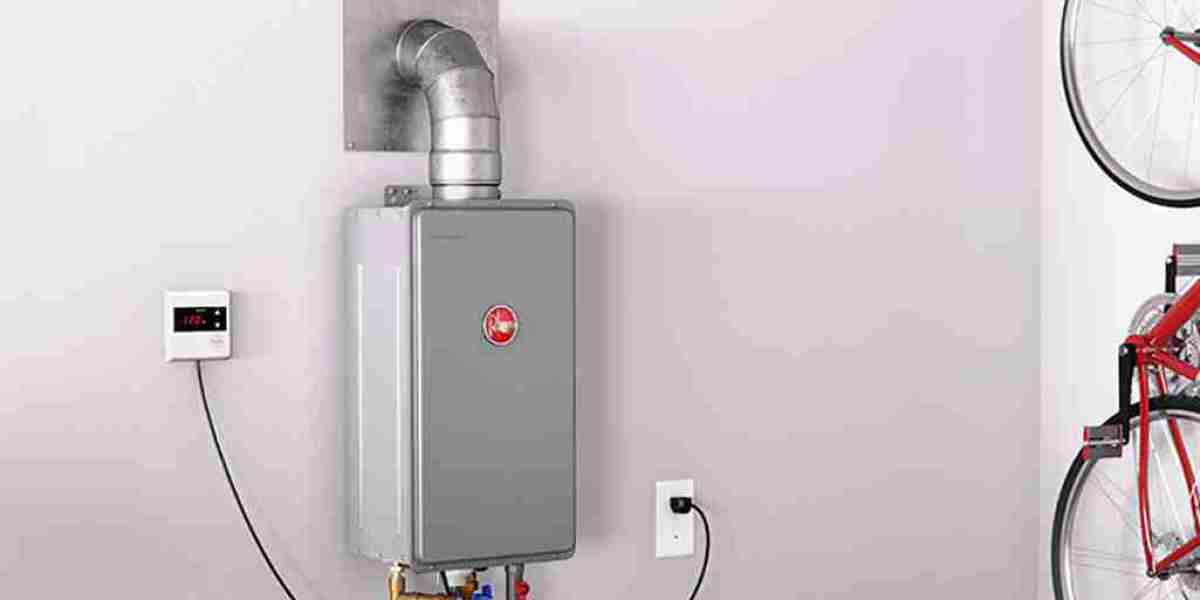Tankless coils are a critical component of many older boilers, providing hot water on demand by heating water as it flows through the coil.
Over time, these coils can become less efficient, clogged with mineral deposits, or even corroded, leading to inadequate hot water production. Replacing a tankless coil in a boiler can restore the efficiency of your system and ensure a reliable supply of hot water.
This guide will walk you through the steps of replacing a tankless coil, highlighting the tools required, safety precautions, and potential challenges.
Understanding the Role of a Tankless Coil in a Boiler
Before diving into the replacement process, it’s essential to understand how a tankless coil works. Unlike traditional water heaters that store hot water in a tank, a tankless coil heats water directly as it passes through the coil inside the boiler.
This method provides hot water almost instantly and eliminates the need for a separate water heater. However, because the coil is in direct contact with the water and the boiler’s heat, it’s prone to scale buildup and corrosion, which can diminish its performance over time.
Signs That Your Tankless Coil Needs Replacement
A few indicators can suggest that your tankless coil is no longer functioning optimally:
Inconsistent Water Temperature: If you notice fluctuating water temperatures, it could be a sign that the coil is clogged or damaged.
Reduced Hot Water Output: A decline in the amount of hot water available may indicate that the coil is no longer heating the water effectively.
Leaking or Rust: Visible rust or leaks around the coil area can be a clear sign that it’s time for a replacement.
Longer Heating Times: If your boiler takes longer to produce hot water, it might be struggling due to an inefficient coil.
Tools and Materials Required
To replace a tankless coil, you’ll need the following tools and materials:
Adjustable wrench
Pipe wrench
Screwdrivers
Teflon tape or pipe dope
New tankless coil gasket
Replacement tankless coil
Bucket or container (to catch water)
Wire brush (for cleaning connections)
Safety gloves and goggles
Step-by-Step Guide to Replacing a Tankless Coil
Turn Off the Boiler and Water Supply
Safety is paramount when working with boilers. Start by turning off the power to the boiler at the main circuit breaker. Next, shut off the water supply to the boiler to prevent water from flowing into the system during the replacement process. Allow the boiler to cool completely before proceeding to avoid burns from hot water or steam.
Drain the Boiler
Locate the boiler’s drain valve and attach a hose to it, directing the water into a bucket or a nearby floor drain. Open the valve and allow the boiler to drain completely. Draining the boiler ensures that water doesn’t spill when you remove the old tankless coil.
Disconnect the Plumbing Connections
Using an adjustable wrench, carefully disconnect the plumbing connections attached to the tankless coil. These connections usually involve hot and cold water lines. Be prepared to catch any remaining water in the lines with a bucket or container.
Remove the Old Tankless Coil
Once the plumbing connections are removed, you can access the tankless coil. Typically, the coil is secured with bolts or screws. Use the appropriate tool (usually a pipe wrench or screwdriver) to remove these fasteners. Carefully pull the old coil out of the boiler, taking care not to damage the surrounding components.
Clean the Coil Mounting Area
Before installing the new coil, clean the mounting area on the boiler. Use a wire brush to remove any rust, scale, or debris from the surface. A clean surface ensures a proper seal when you install the new coil, preventing leaks.
Install the New Tankless Coil
Apply Teflon tape or pipe dope to the threads of the new tankless coil to create a watertight seal. Carefully insert the new coil into the boiler and secure it with the bolts or screws you removed earlier. Make sure the coil is aligned correctly and seated firmly in place.
Reconnect the Plumbing
Reconnect the hot and cold water lines to the new tankless coil using an adjustable wrench. Ensure all connections are tight and secure to prevent leaks.
Refill the Boiler and Check for Leaks
Close the boiler’s drain valve and turn on the water supply to refill the boiler. Once the boiler is full, restore power and turn on the system.
Check all connections for leaks as the system begins to heat. If you notice any leaks, tighten the connections as necessary.
Final Considerations
Replacing a tankless coil in a boiler is a moderately challenging task that requires attention to detail and a focus on safety. While this guide provides an overview of the process, it’s important to consult your boiler’s manual for specific instructions related to your model.
If you’re uncomfortable performing this task, consider hiring a licensed HVAC professional to ensure the job is done correctly.
Regular maintenance and prompt replacement of components like the tankless coil can extend the life of your boiler and maintain its efficiency for years to come.














